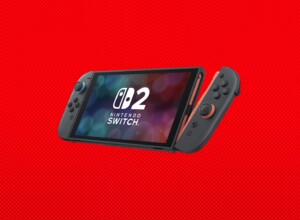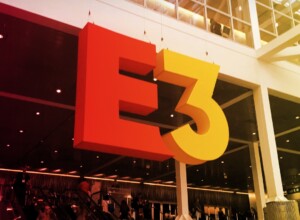The Independent Games Summit at GDC 2014 kicked off with a postmortem on fireplace simulator Little Inferno, by Tomorrow Corporation’s Kyle Gray.
Gray’s talk revealed how the game begin with the simplest of ideas but became bloated in design and concept before being refocused and refined for release. He also spoke about the challenges of promoting the game and how the studio struggled to communicate the game’s narrative themes.
Gray said that Tomorrow Corporation’s aim with Little Inferno was to subvert the typically cheery and sunny disposition of many games by presenting the dark side to the traditional mechanics of repetition and item acquisition. As development continued the game’s narrative became an ever more important part of the experience, one informed by the team’s own time working at larger studios and their personal neurosis as they hit their 30s.
The central concept of the game was inspired by deliveries from Amazon Prime and the festive Yule Log TV station. In Little Inferno items are ordered from a catalogue (purchased by Tomorrow coins) which can then burned in a fireplace. Burning multiple items can result in combos which unlock more catalogue items and earn stamps for the player. Certain items take longer to arrive than others, but their arrival can be hurried by using the stamps to speed delivery.
At the same time the player receives letters from a neighbour that provide an obscure narrative thread that is only fully explored and resolved towards the end of the game.
In its final form the item burning elements of Little Inferno constitute around ninety per cent of the game. However, in its original design the game went far beyond the confines of the player’s fireplace. The fireplace sections accounted for forty-five per cent of the game which then opened out into a larger world with multiple locations, additional characters and (of all things) a time-travelling subway. At this stage of development the game resulted in the player eventually setting light to objects the size of a planet. “We went crazy and over scoped.” says Gray candidly.
The arrival of the Wii U prompted the team to cut the game’s scope considerably. It was reduced back to the core of item combos, delayed gratification and the tactile playfulness of burning different objects. This change in structure caused the game’s narrative beats to be moved towards the end of the game.
Grey highlighted this structural imbalance as one of the problems they faced with Little Inferno’s public perception. By having the story compressed at the end of the game it was not always clear what Little Inferno was about. Coupled with the desire to keep the ending a secret, the press and the public had difficulty finding the hook they needed to understand the game’s scale and ambition.
The challenges of communicating the game’s content and message were a recurring theme. Aside from the narrative problems it was also difficult to describe the game in terms of gameplay and complexity. As Grey put it, “we made a game that no one could talk about, including us.”
Despite the development process involved the construction of over 150 items, each requiring considerable art assets and physics modelling, the game was perceived as ‘a small game’ by many commenters.
Marketing challenges aside, the game went on to sell over a million copies across six platforms. Gray also notes that, in time, the audience began to respond to the themes that the studio had planned when starting the game, those of “being concerned about time and making the most of it.”
In conclusion Gray is positive about development of Little Inferno, and with its reception. He concludes “we got a lot cool emails from people that played it saying it helped them with a relationship, or that they cried at the end, or that maybe it had made them rethink what they were doing with their own lives. Which is kind of weird and awesome for a fireplace simulator.”







Comments are closed.